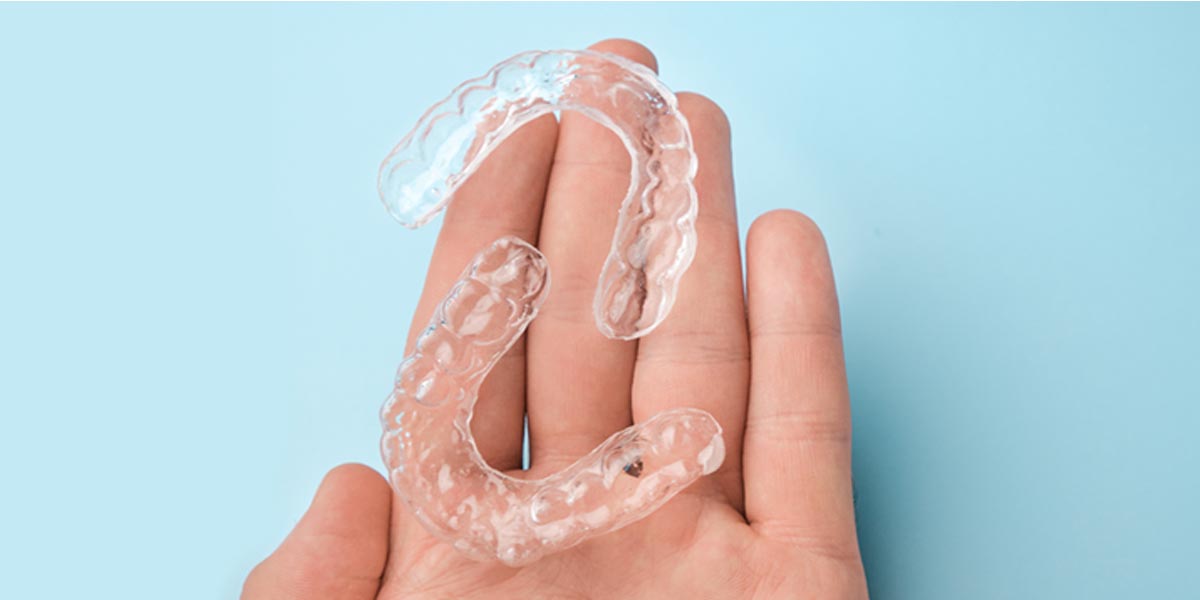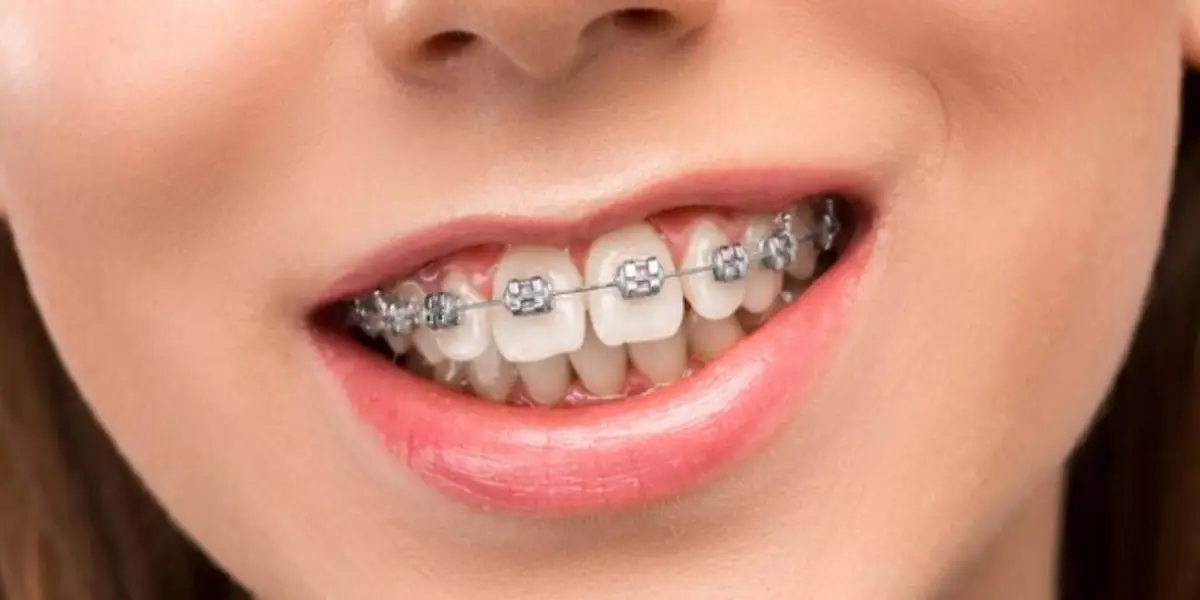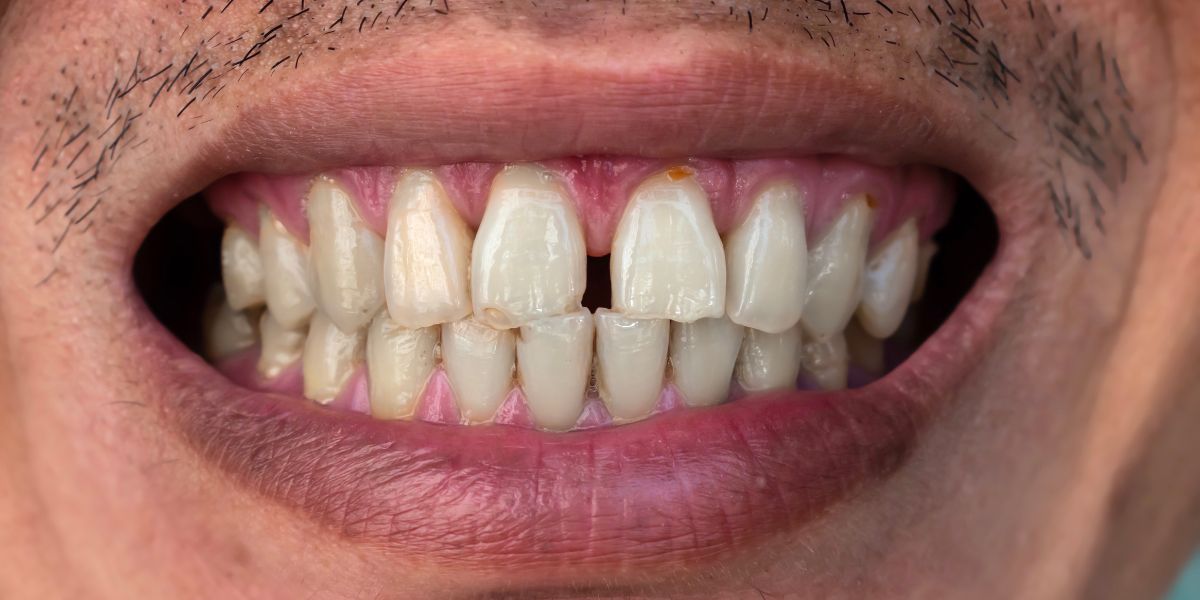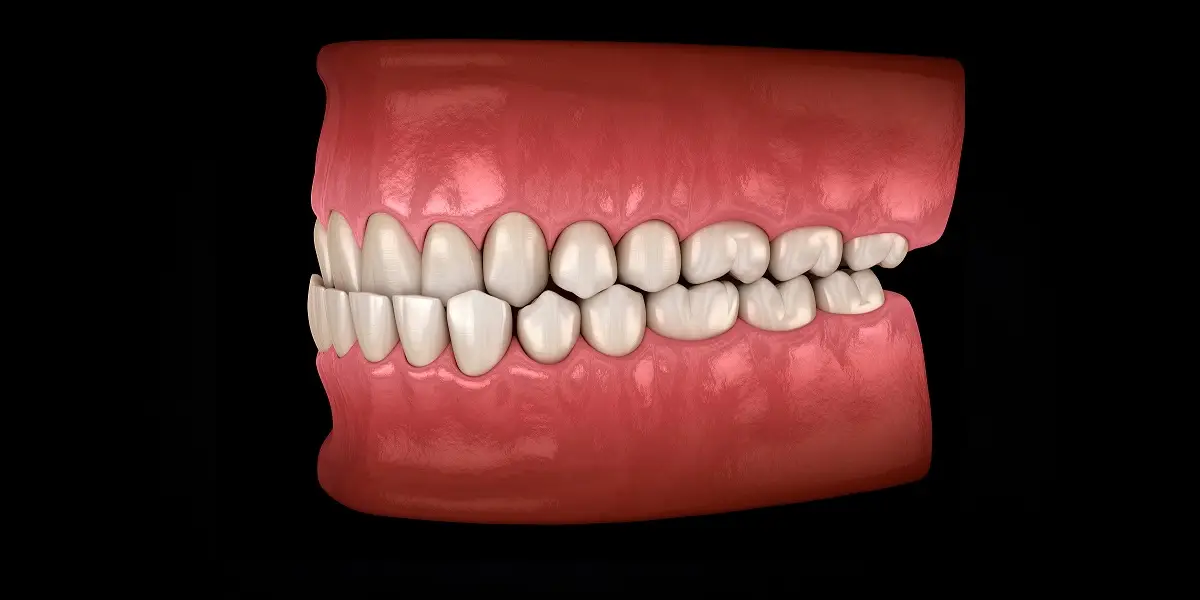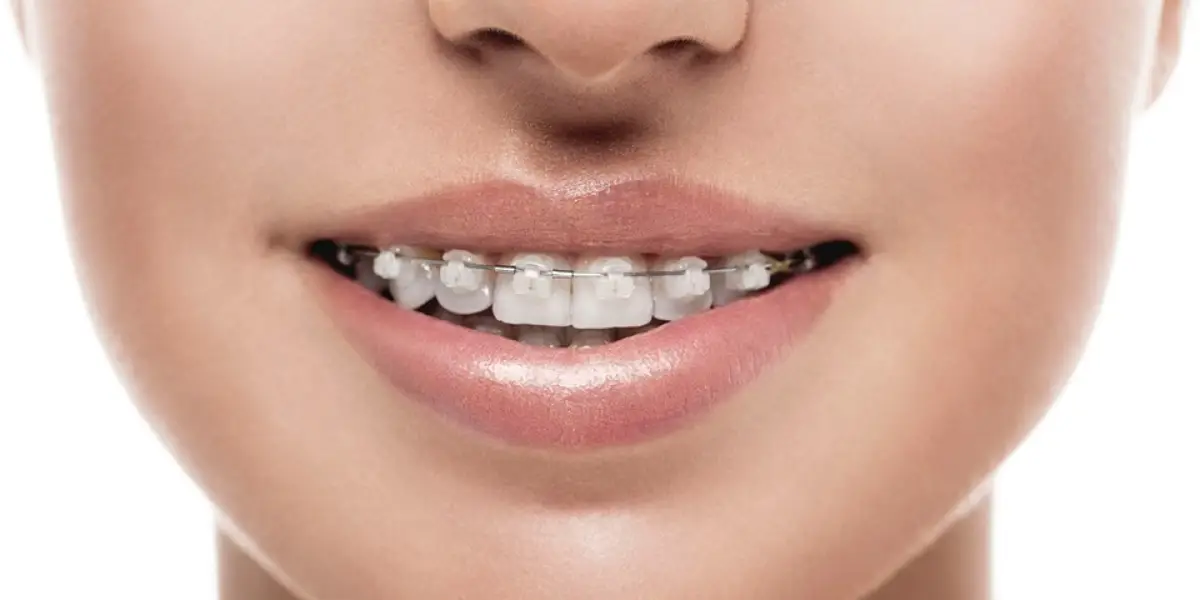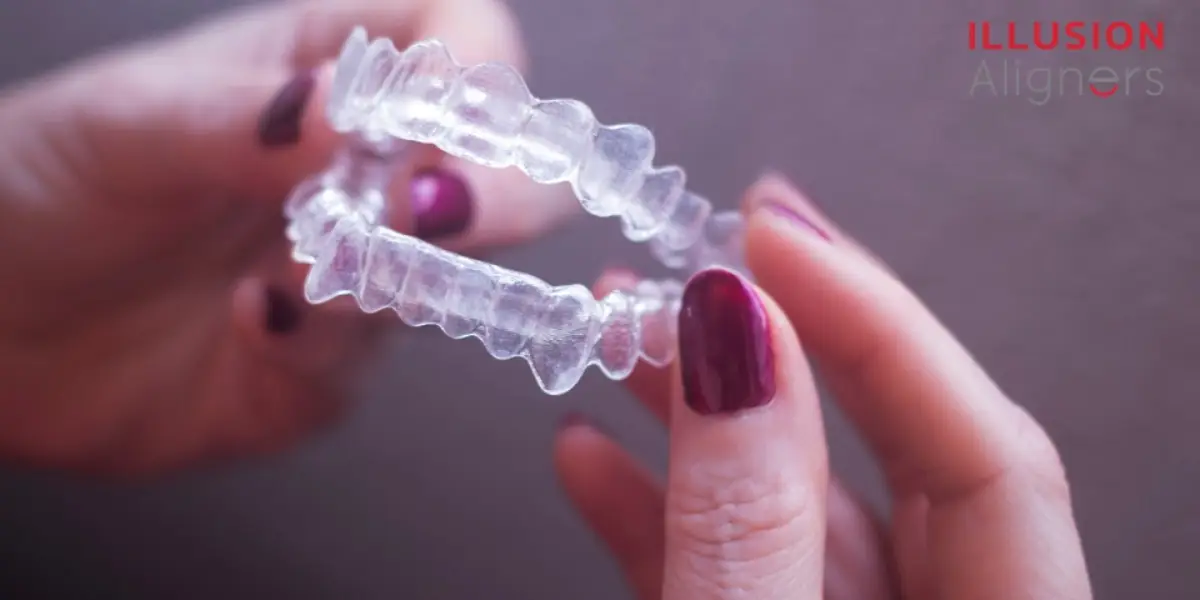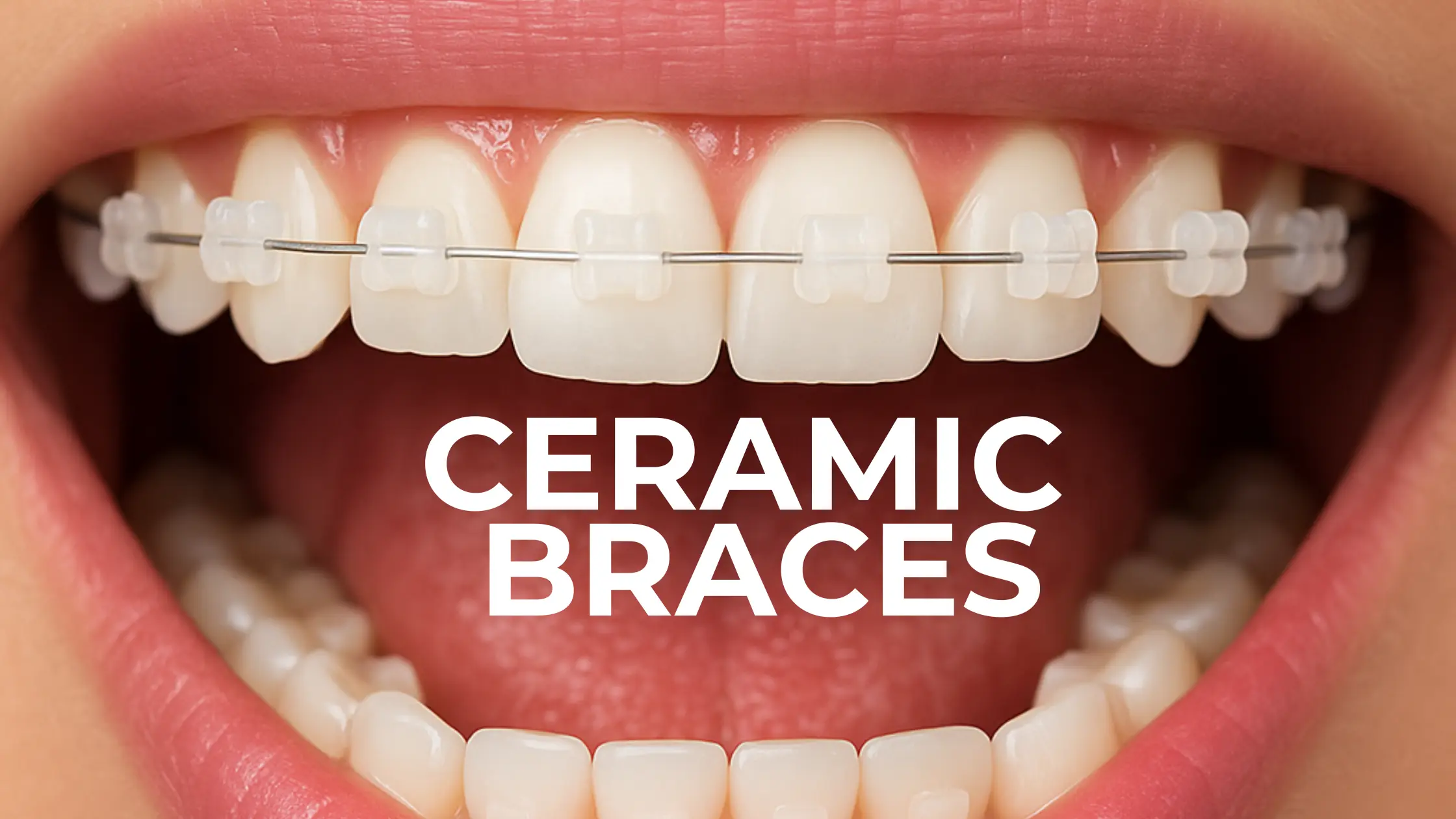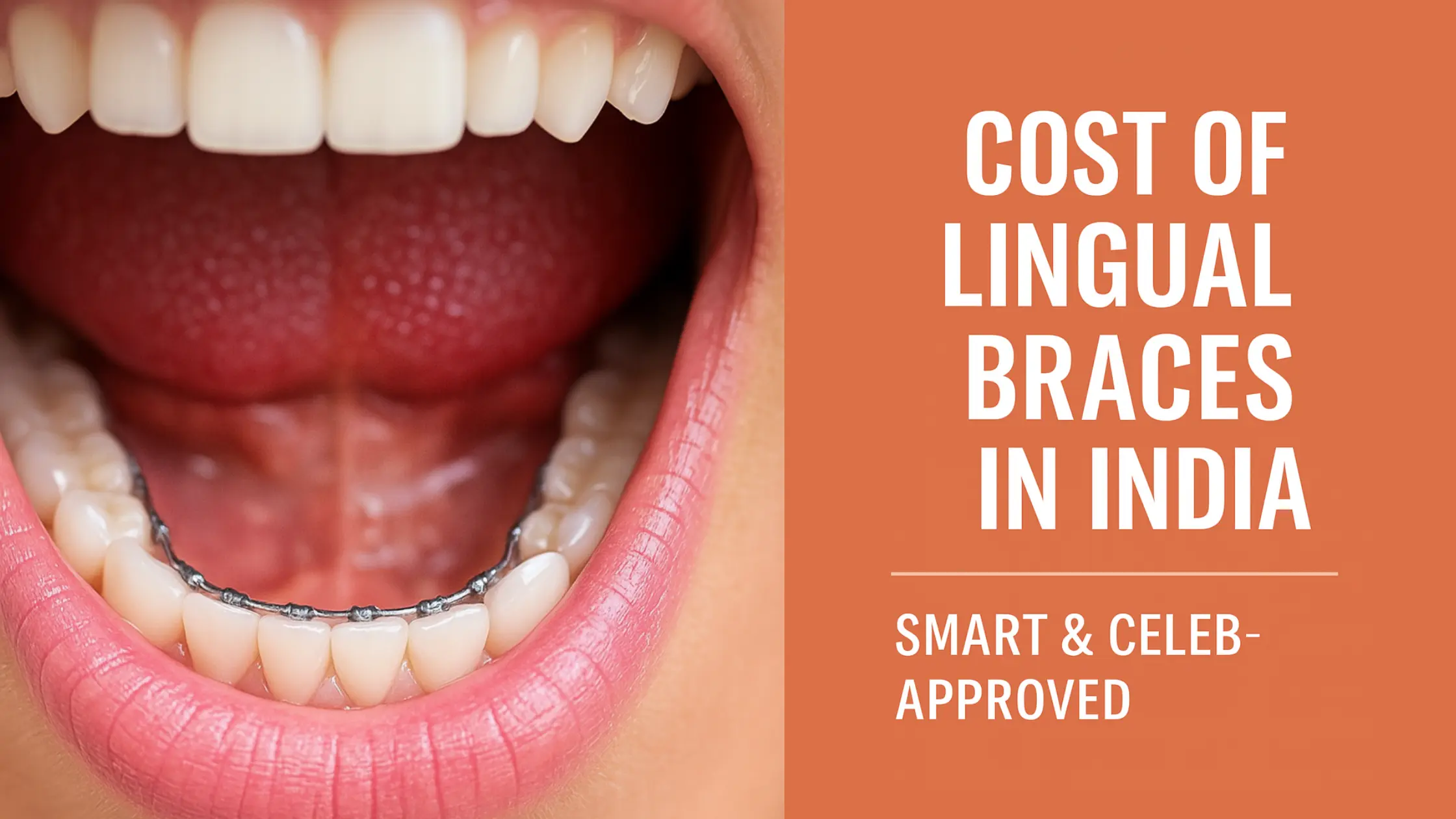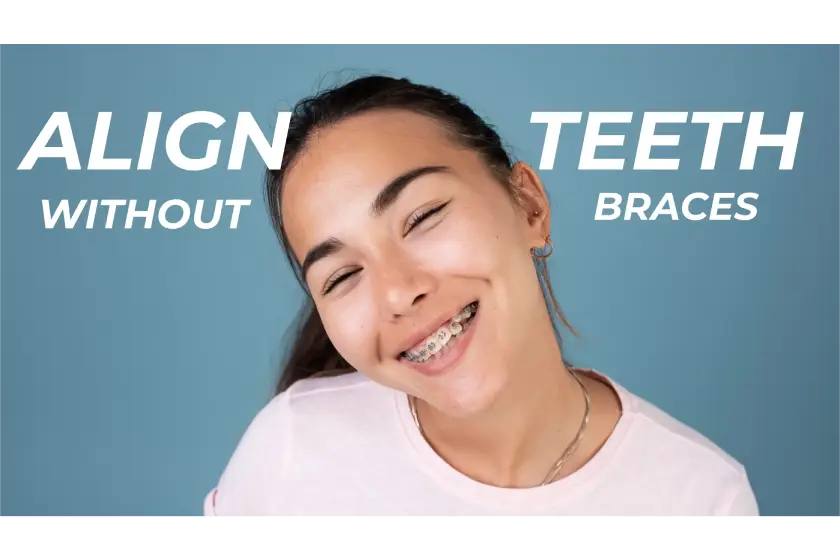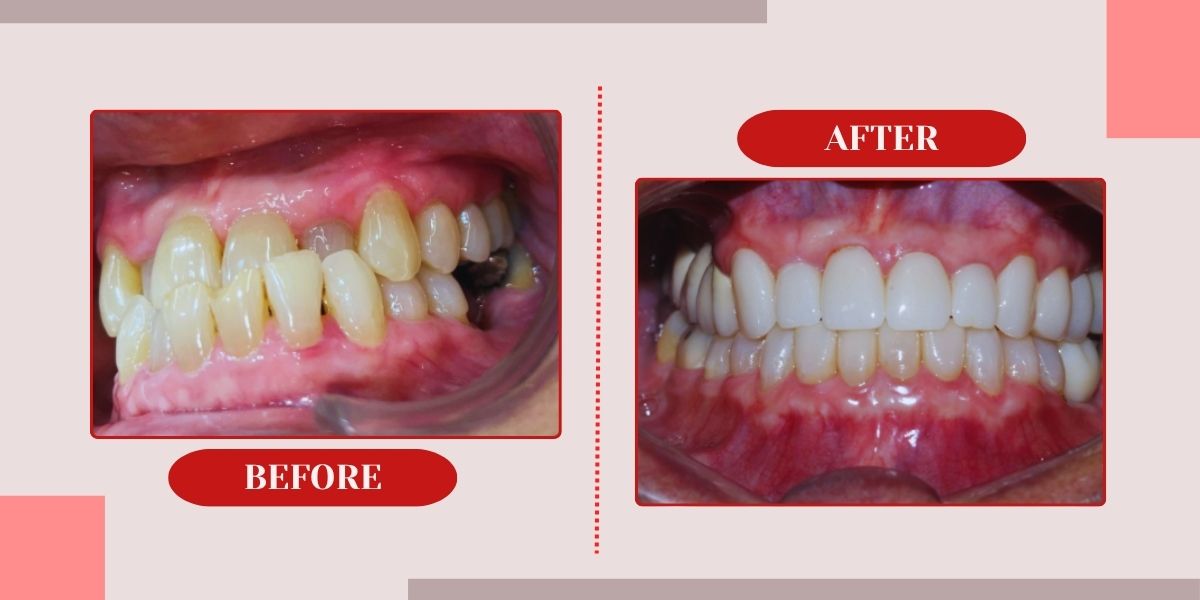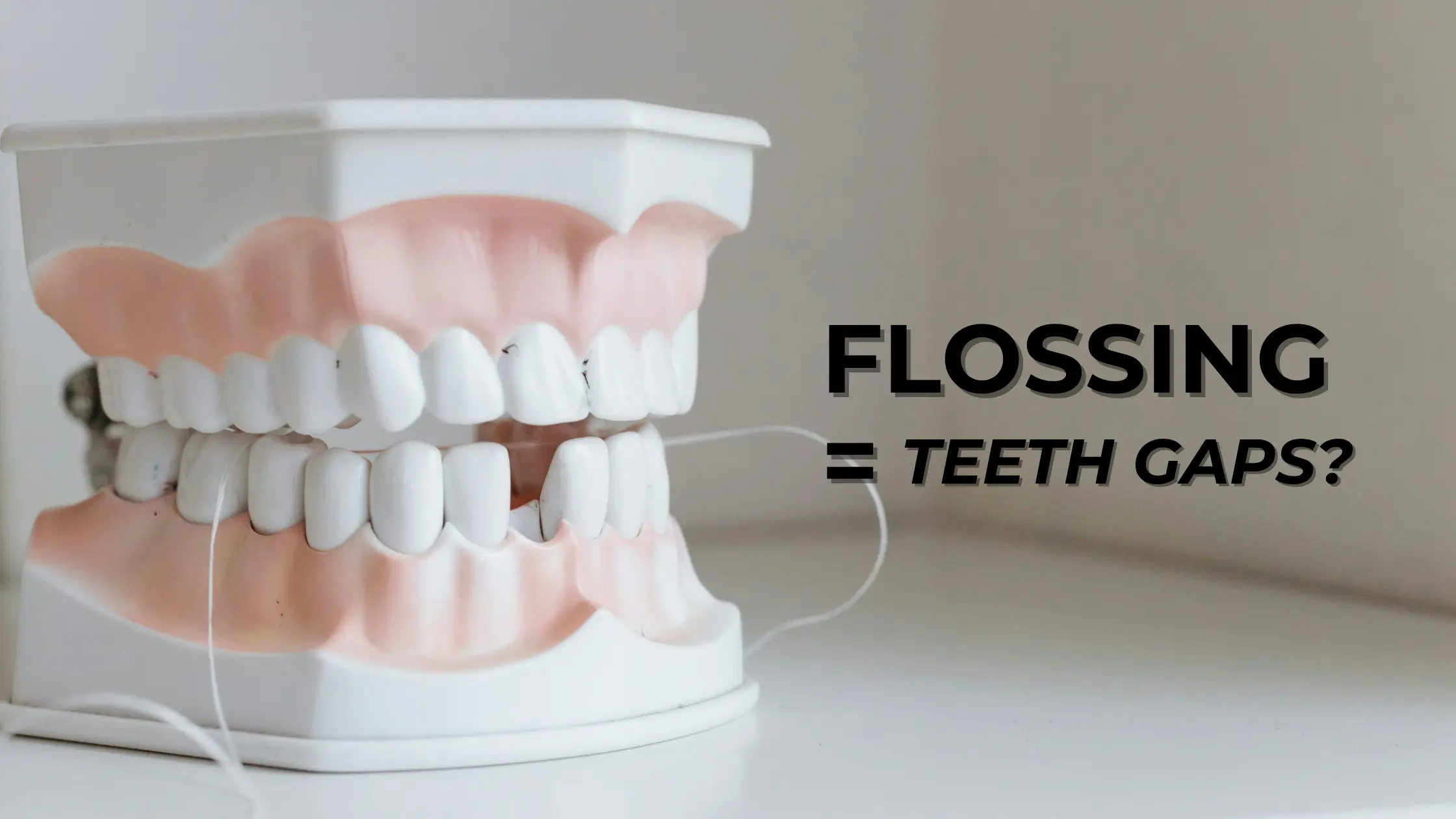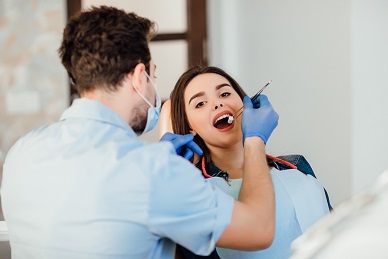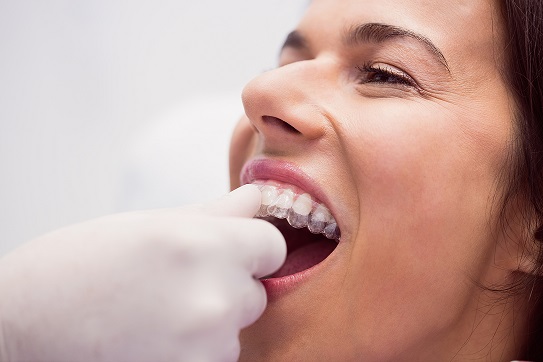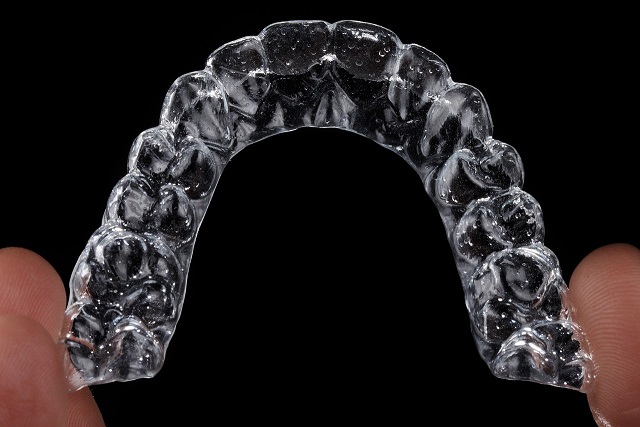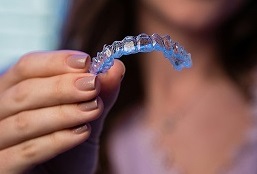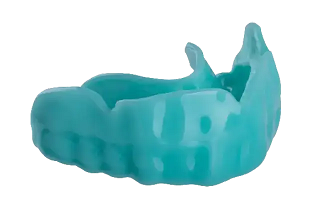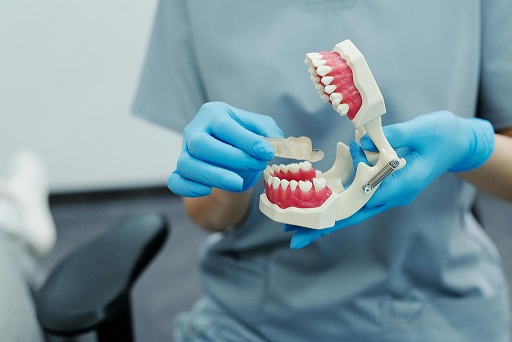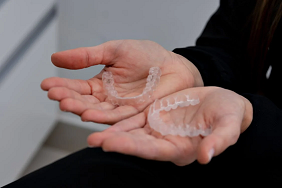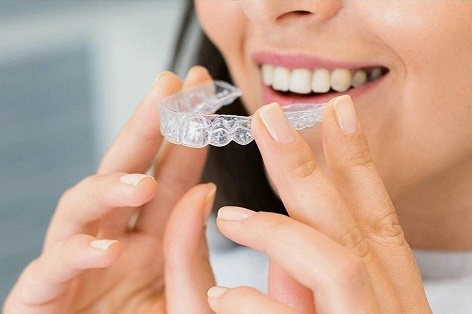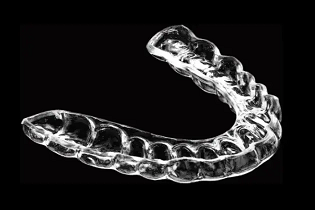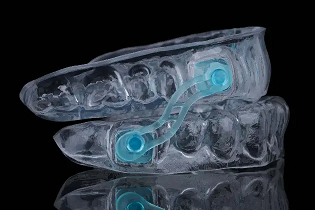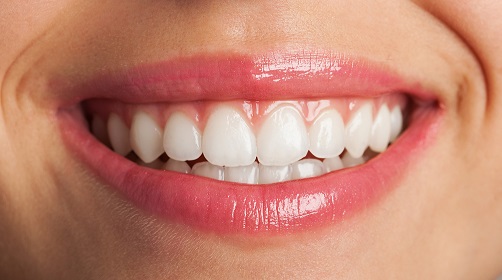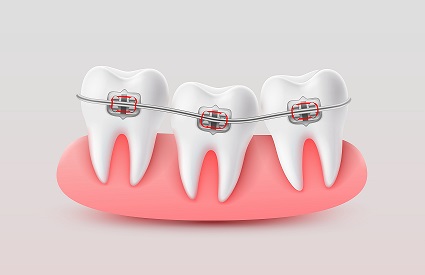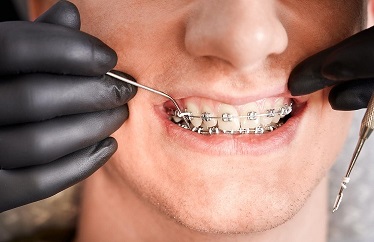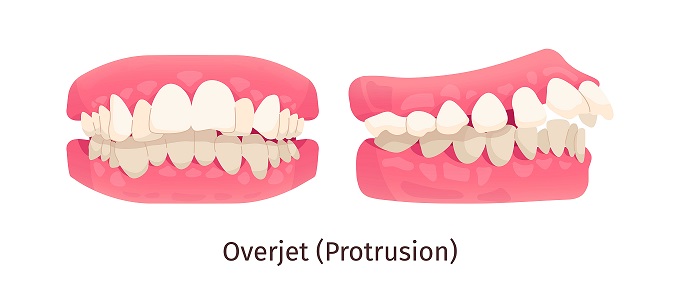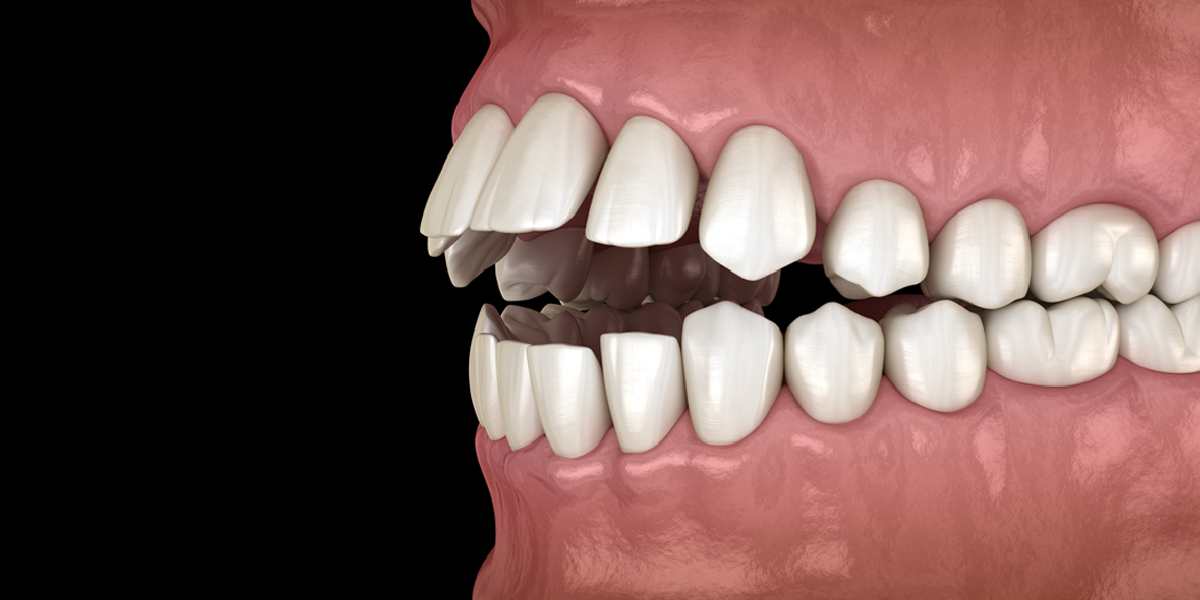
Publish on Jul 29, 2025
Open Bite: Dentistry's Approach to Understanding and Treatment
What is an Open bite?
An open bite, a common dental anomaly, can significantly affect a person's smile's functioning and cosmetic appeal. The upper and lower front teeth have a noticeable space between them when the jaws are closed, which keeps the teeth from properly touching when biting or chewing.
People who have an open bite may, therefore, have several challenges. Understanding this condition's many forms and potential implications is crucial for individuals experiencing or curious about it.
Types of Open Bites
1. Anterior open bite occurs when the upper and lower front teeth are separated, and the back teeth are packed tightly together. The bite has an opening or gap because the front teeth do not touch or overlap.
2. Posterior Open Bite occurs when the upper and lower back teeth are separated while the front teeth are closed together. The absence of contact or overlap between the back teeth creates an opening in the bite that presents itself at the back of the mouth.
Causes of Open Bites
1. Genetic factors: Due to hereditary jaw structure or dental anomalies, certain people may have a genetic propensity to develop an open bite.
2. Pacifier or thumb sucking use: Using a pacifier or thumb sucking for an extended period during childhood might prevent the jaws and teeth from growing normally, possibly resulting in the emergence of an open bite.
3. Tongue thrusting: When speaking or swallowing, tongue thrusters tend to push their tongues up against the front teeth. An open bite may arise from the upper and lower teeth moving apart due to this recurrent pressure.
4. An improper swallowing habit can pressure the front teeth, forcing them to slide forward and promoting the emergence of an open bite, similar to tongue thrusting.
5. Temporomandibular joint (TMJ) disorders: These jaw joint conditions can lead to an open bite by throwing the teeth and jaws out of position.
6. Malocclusion or orthodontic problems: Misaligned teeth, including an overjet (protruding upper teeth) or an underbite (lower teeth lie ahead of upper teeth), can cause an open bite to form.
Impact and Consequences of an Open Bite
- Chewing Difficulties: Proper chewing requires the coordinated movement of the upper and lower teeth. This balance is upset by an open bite, which makes it difficult to chew meals effectively and efficiently.
- Speech issues: The formation of different speech sounds depends heavily on our teeth. An open bite can change how the tongue interacts with the teeth, influencing the clarity of speech causing various speech impairments.
- Aesthetic Issues: Given how an open bite can be seen to affect one's smile, it is only natural that this can make one feel self-conscious. Low self-esteem and a reluctance to smile openly can result from this.
- Oral Health Complications: An open bite can cause teeth to wear unevenly, which increases the risk of cavities, enamel erosion, and temporomandibular joint (TMJ) disorders.
Open Bite Treatment Options
1. Orthodontic treatment: Traditional braces or clear aligners like Illusion Aligners may be utilized to close an open bite and fix tooth alignment. To facilitate the correction, this may entail employing particular appliances or applying various types of forces.
2. Orthognathic surgery: Orthognathic surgery may be advised in extreme situations if skeletal anomalies or jaw discrepancies are causes of the open bite. To establish perfect biting alignment, the jawbones are repositioned during this procedure.
3. Extrusion or intrusion of teeth: Depending on the individual circumstance, the open bite may be fixed using extrusion (moving teeth lower) or intrusion (moving teeth upward) procedures.
4. Tongue exercises: As incorrect tongue position can contribute to open bites; several tongue exercises may be advised to help improve tongue posture and function.
5. Habit correction: Techniques for habit correction may be used when thumb-sucking, tongue thrusting, or other oral habits contribute to the open bite to break the behavior and enable normal bite alignment.
6. Temporary bite correction: In some cases, while additional treatment options are being considered or put into practice, temporary gadgets like bite ramps or bite blocks may be utilized to help seal the open bite.
Open Bite Treatment Cost factors
1. Open bite severity: The extent of the open bite might influence the complexity of the necessary treatment, affecting the final cost.
2. Approach to treatment: There are a variety of approaches to treating open bites, including braces, invisible aligners such as Illusion Aligners, and surgery. The cost may differ depending on the treatment option selected.
3. Geographical location: Healthcare costs can differ from one place to another.
4. Professional fees: The amount an orthodontist or oral surgeon charges for their services may vary, affecting the overall cost of treating an open bite.
5. Additional procedures: In some circumstances, additional treatments, such as tooth extraction, may be required to produce the desired results.
6. Retention phase: A retention phase is typically needed to preserve the effects after the active phase of treatment. Retainers or other appliances could be used during this period, raising costs.
Conclusion
Open bites can present problems regarding functionality, aesthetics, and even emotions, but they are treatable. It's critical to seek the advice of a trained orthodontist or dentist if you or a loved one is struggling with an open bite. The expense of treatment may be a problem, but the advantages of a radiant smile and better oral health far outweigh it. Take advantage of the advancements in dental technology by starting the process of having your open bite fixed with clear aligners like Illusion Aligners which provide excellent results while ensuring a smooth and comfortable journey. Remember that early intervention can result in less intrusive and more effective treatment choices.
Medically Reviewed By Dr Jaineel Parekh, MDS orthodontics
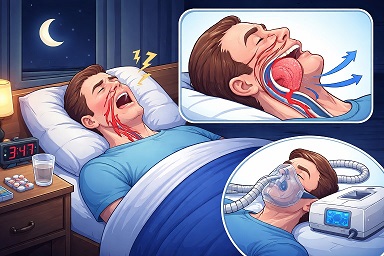
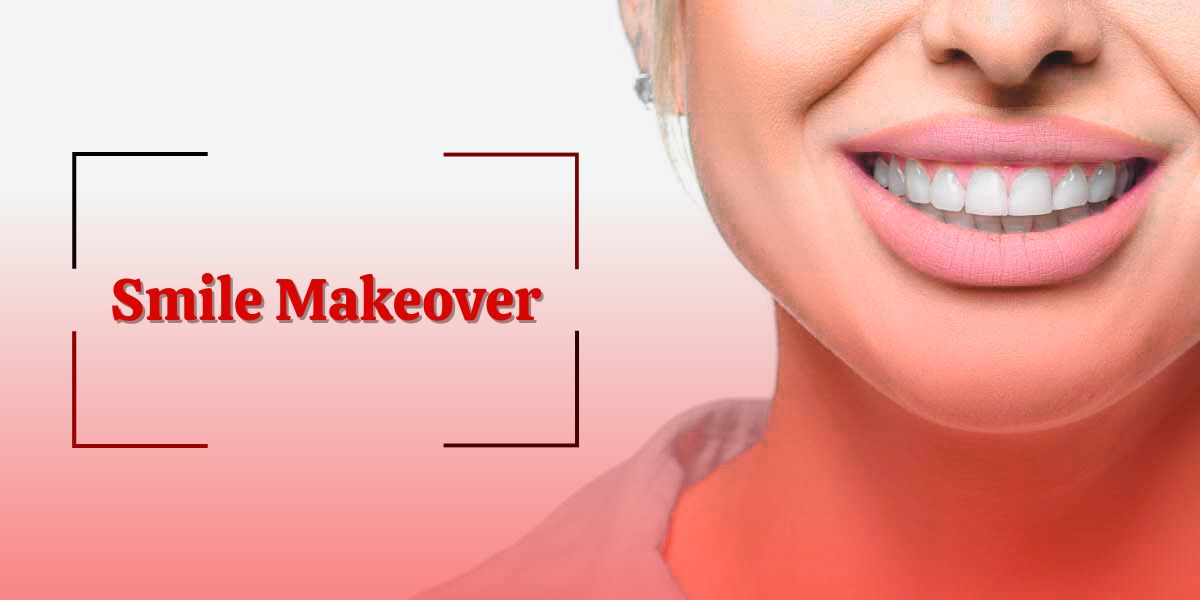
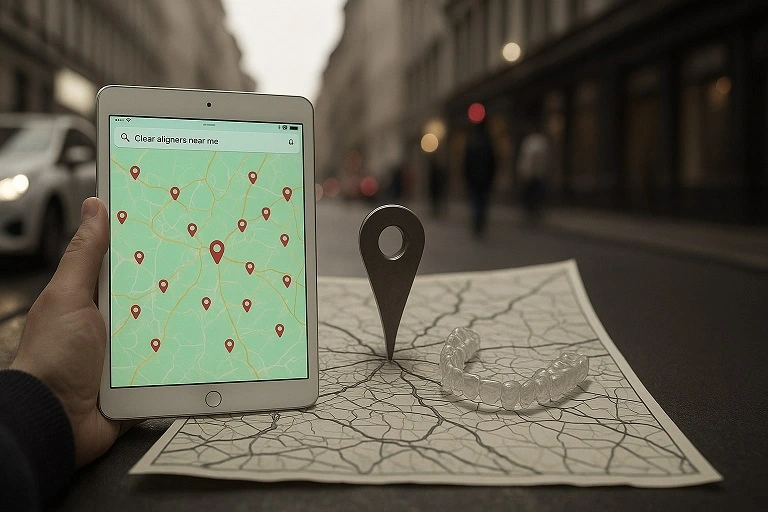
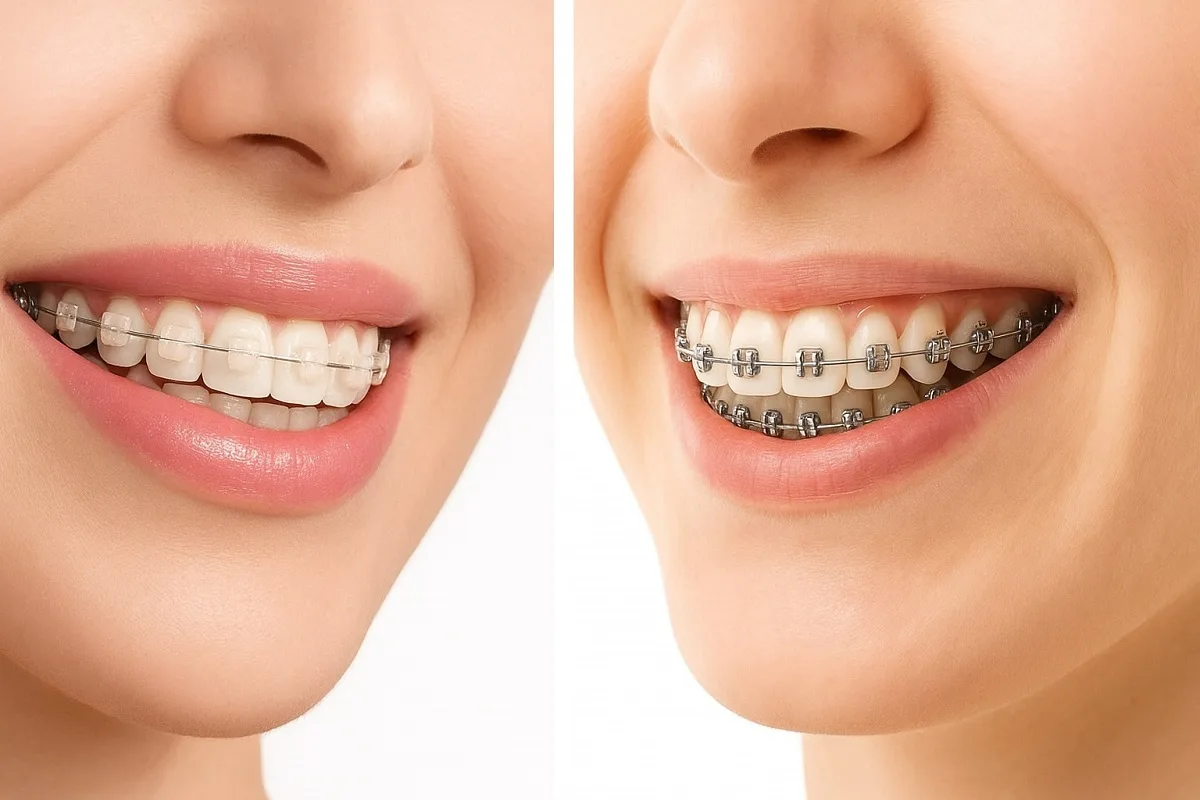
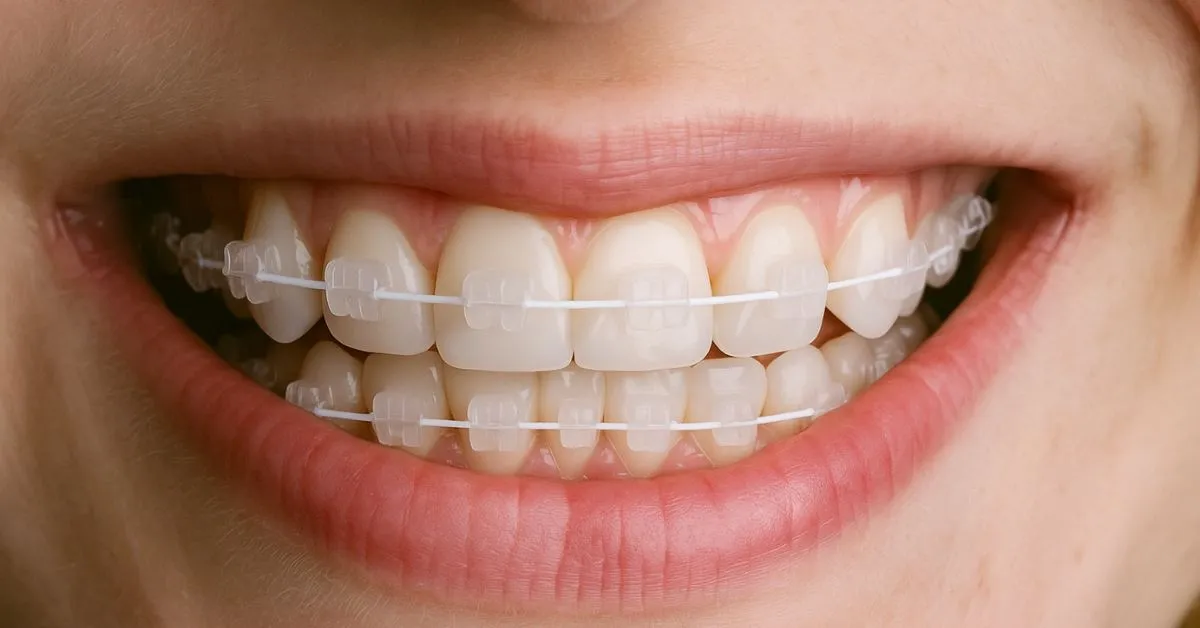
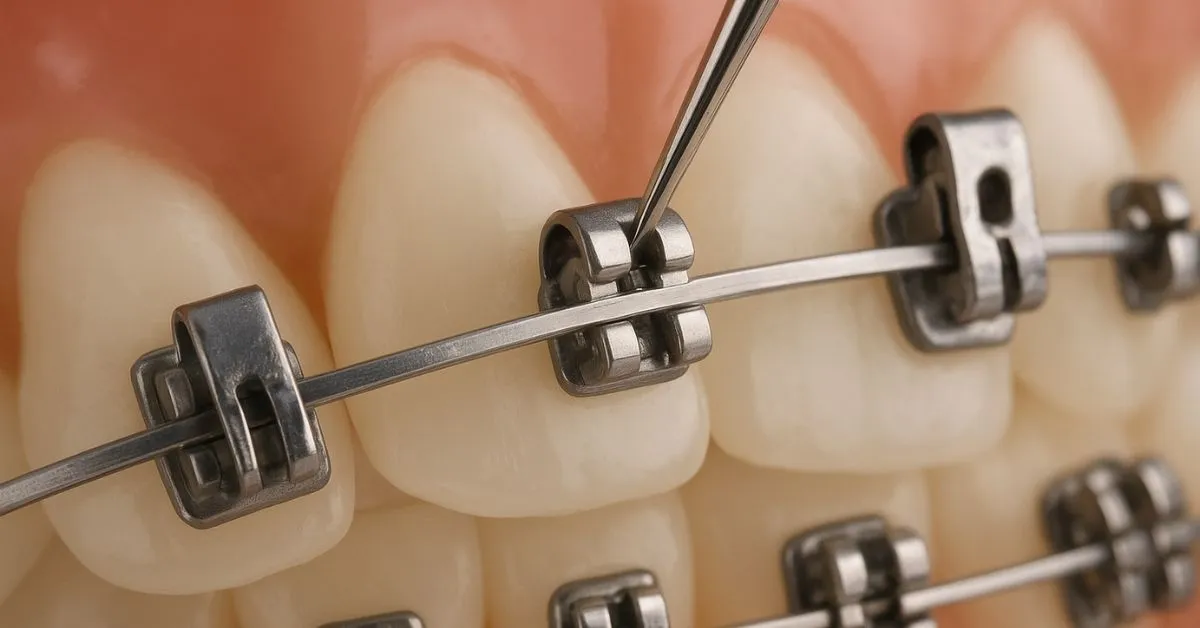
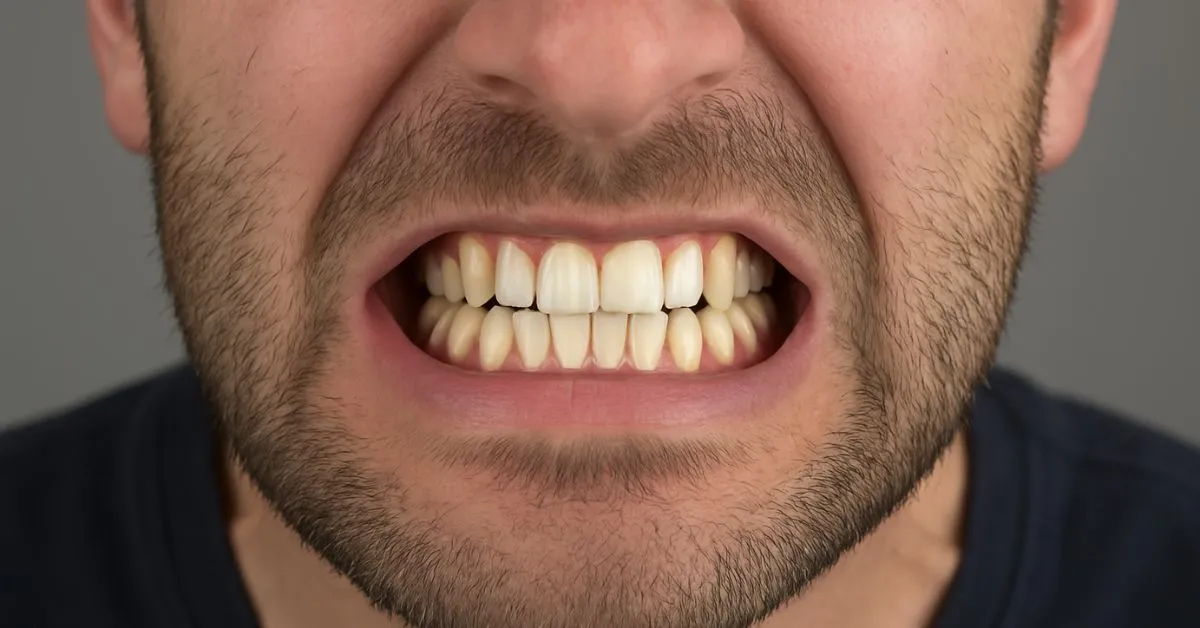
.webp
)
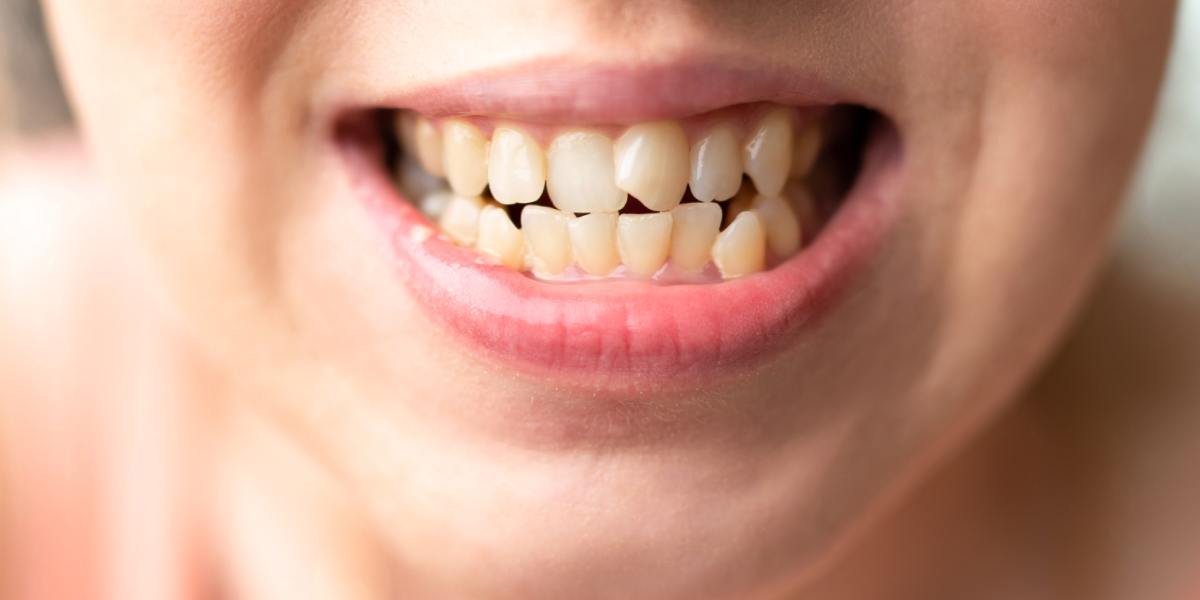
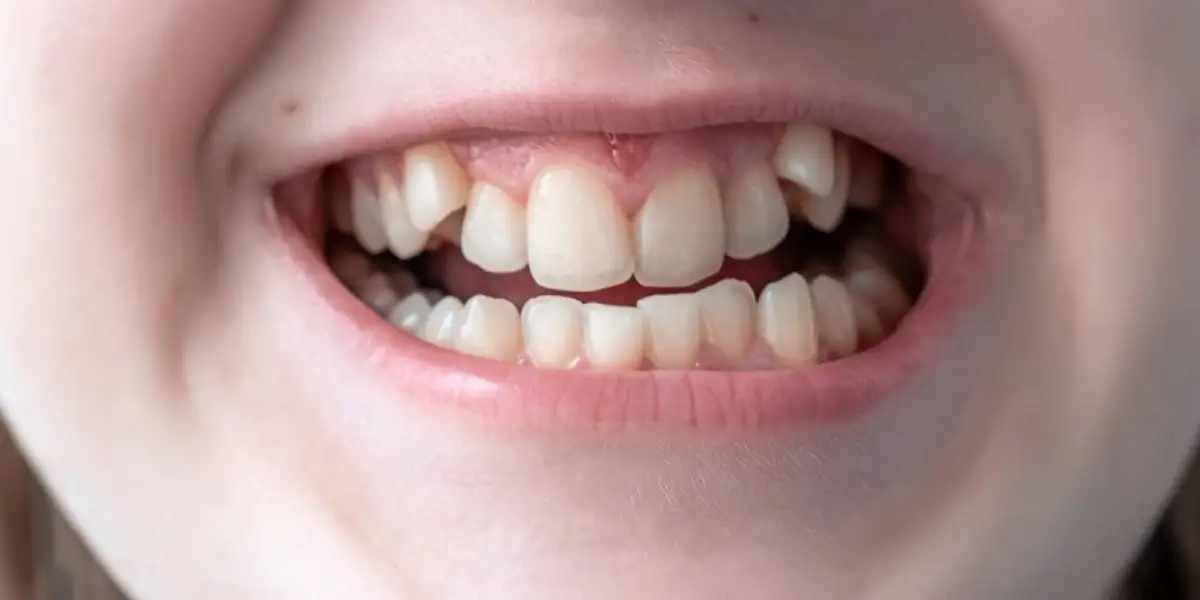
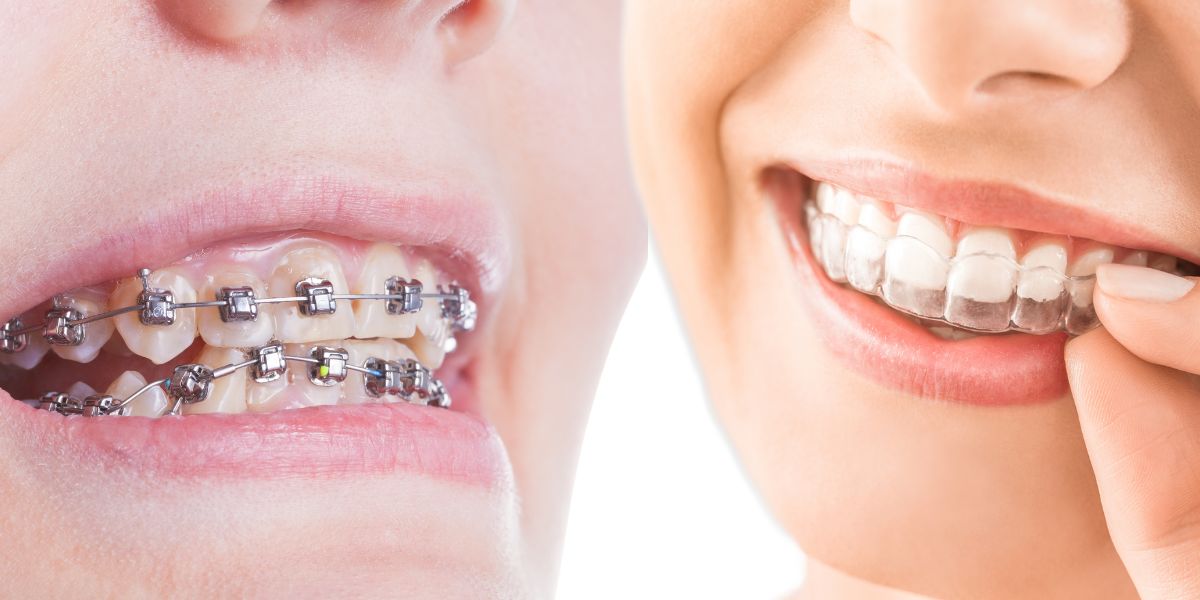
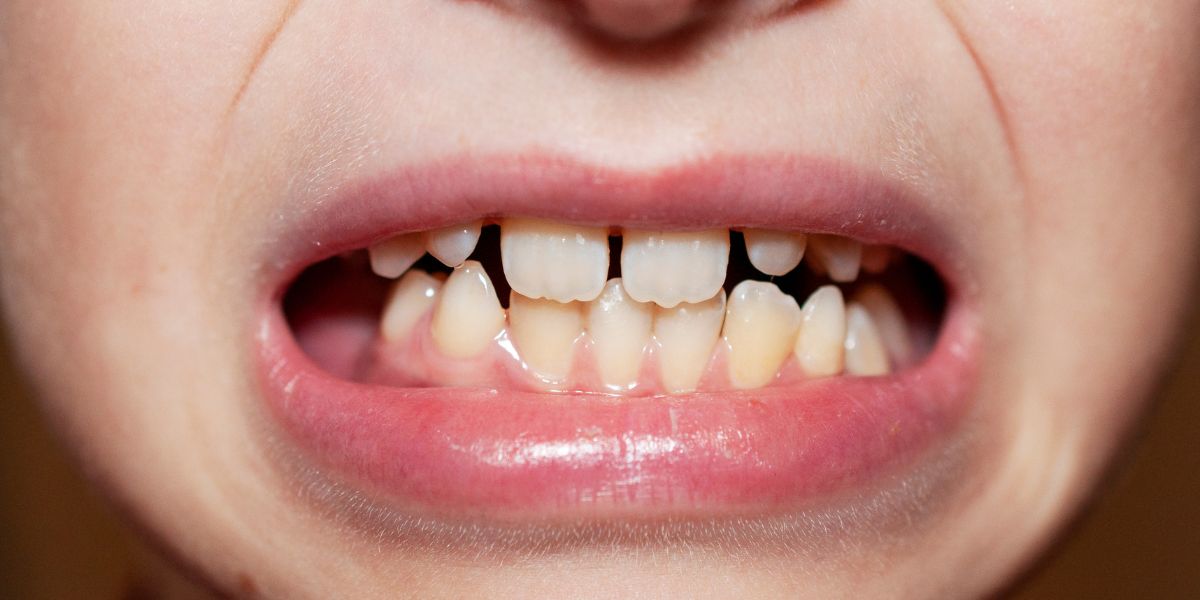
.jpg)

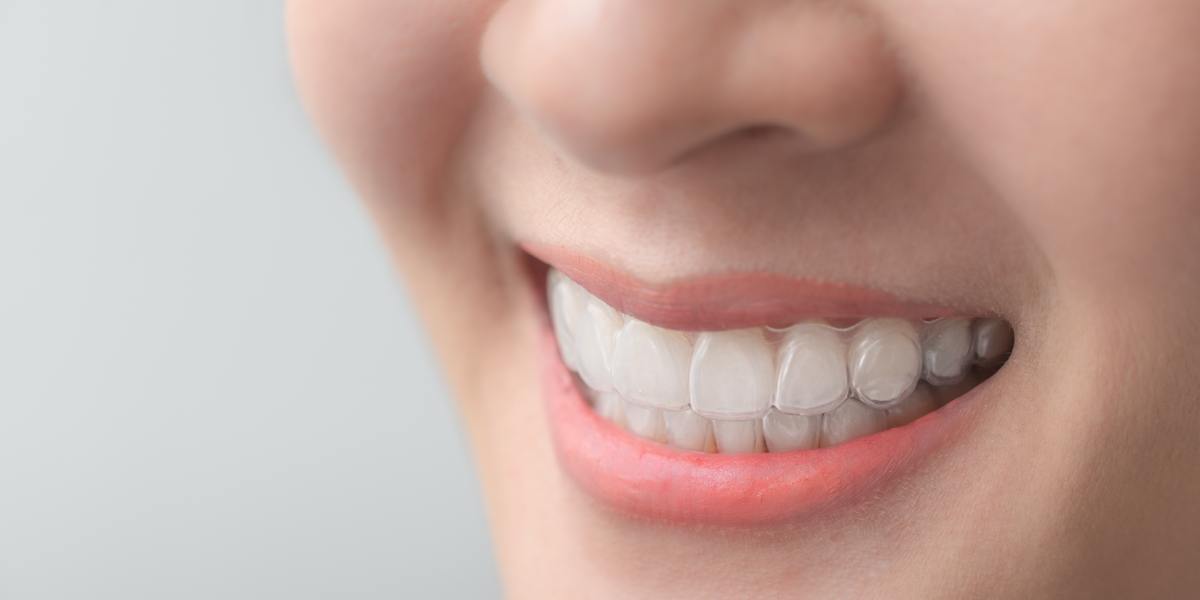

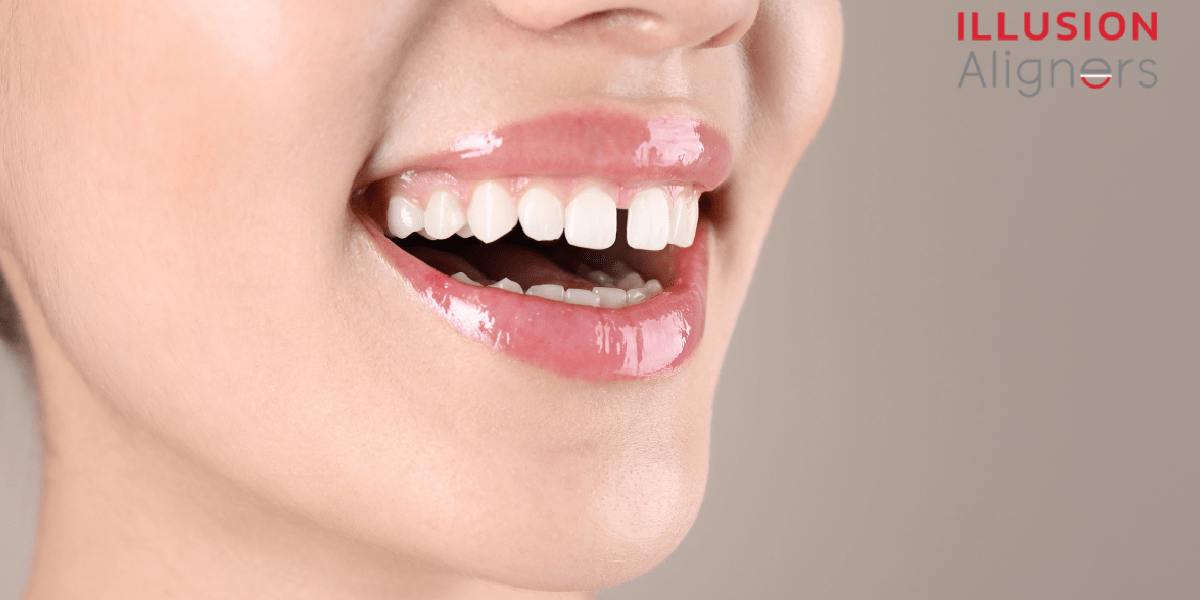
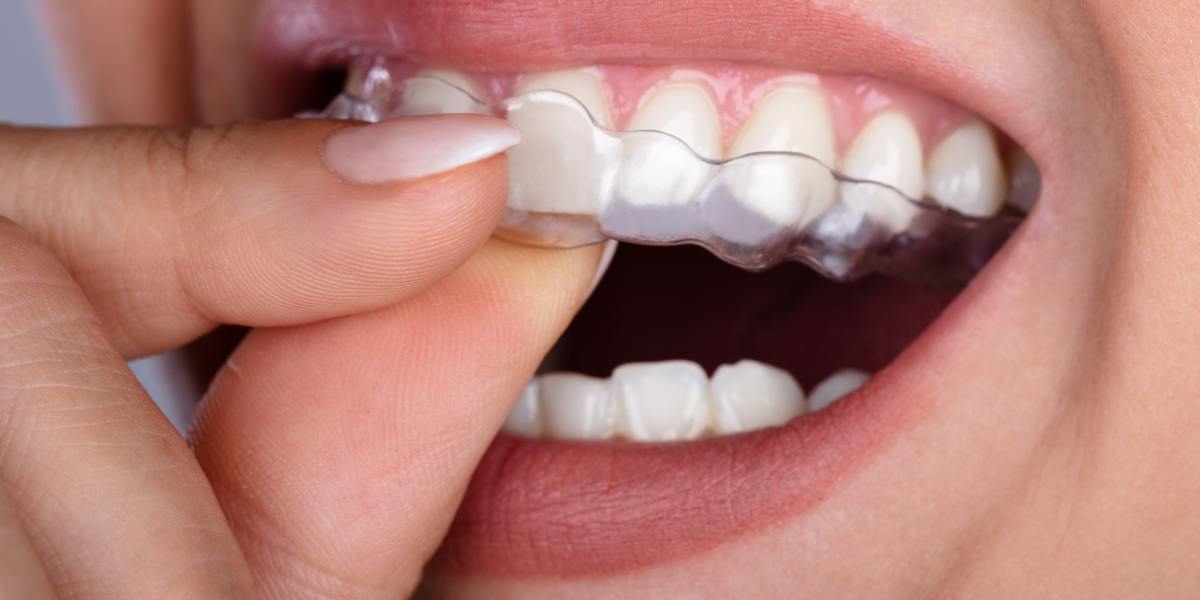
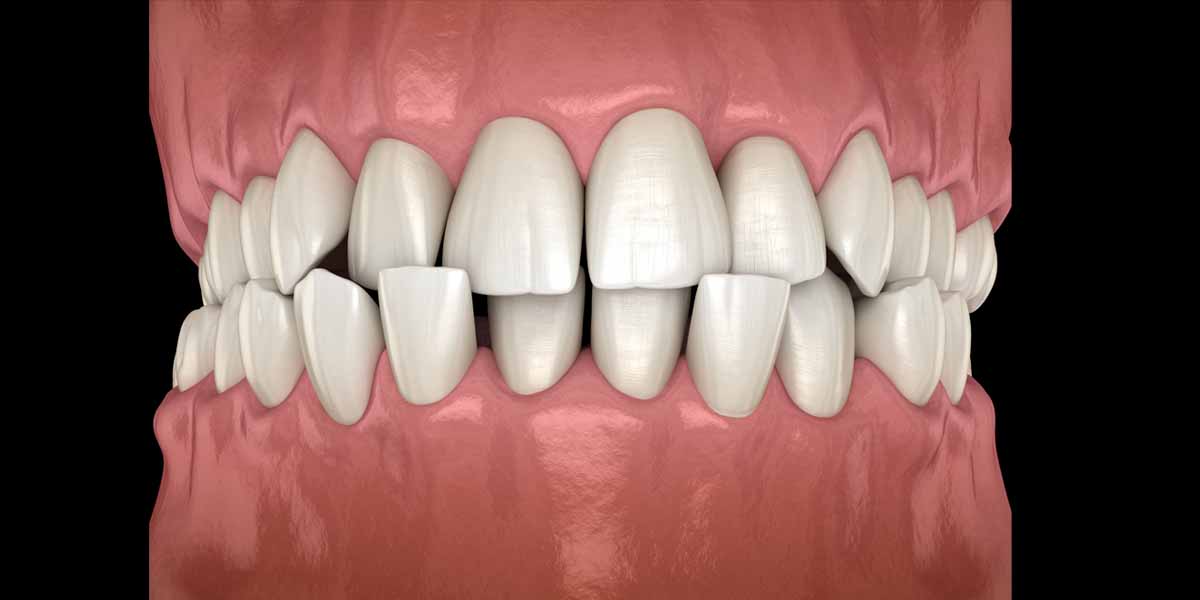
2.jpg)
